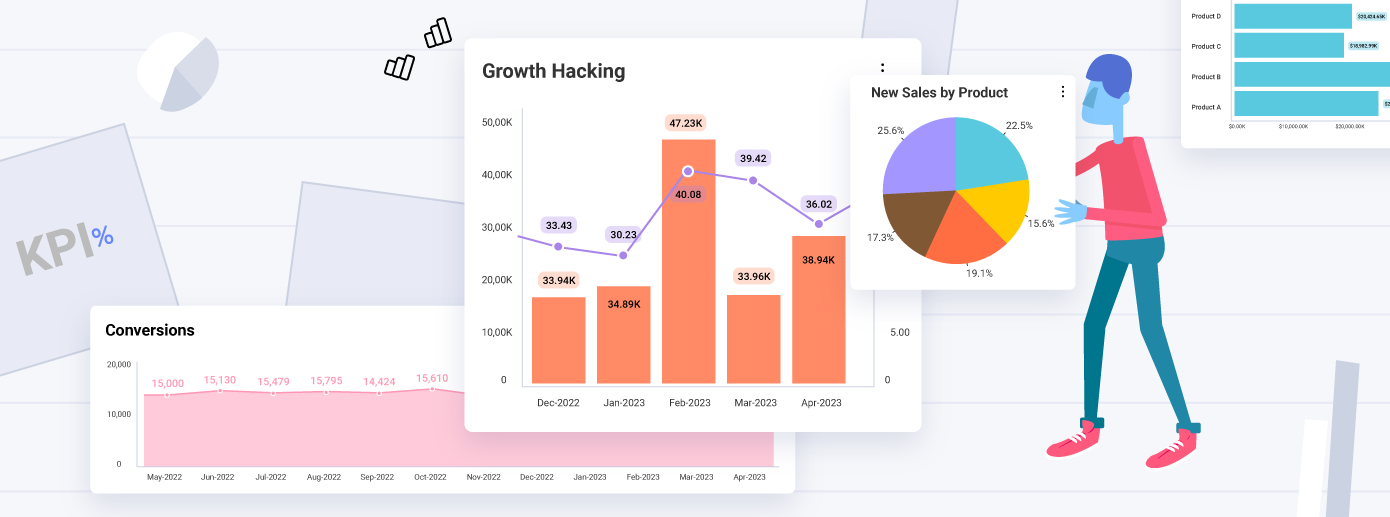

Running an Effective ABM Process: What You Need to Know
With account-based marketing, marketers quickly found that targeting accounts that have clear intent in their product or service drives massive outcomes. In this article, we will guide you on how to implement ABM is not so difficult, with the right technology and tools.
Executive Summary:
With account-based marketing, marketers quickly found that targeting accounts that have clear intent in their product or service drives massive outcomes. In this article, we will guide you on how to implement ABM is not so difficult, with the right technology and tools.
Marketers used to throw their efforts into getting as many leads as possible without much selection. The goals were traffic and visits by everyone – and anyone.
But capturing the attention of just anyone is now outdated. Now, identifying and turning the effort towards specific businesses and people means evolving beyond the guessing. That means:
- Generating more conversions
- Quickly finding qualified leads
- Getting greater business results
So, let’s take a ride into how to run your effective ABM process starting today.
What is Account-Based Marketing , or ABM?
Account-based marketing is a focused approach to B2B marketing in which marketing and sales teams work together to target best-fit accounts and turn them into customers. In the age of information excess, marketers are constantly trying to get more potential customers with maximum ROI. Therefore, their focus must be placed on high-value accounts, keeping account penetration, marketing penetration, and logos into consideration. To reach their goals, marketing teams must exercise strategies that meld the expertise of sales and marketing. That’s how they can easily find, engage with, and close deals only with high-value accounts that matter the most.
“Marketing is no longer a one-way street—you cannot simply shove promotions to your prospects. You need to engage in an active dialogue and ABM lets you do that with unparalleled precision.” – Shari Johnston, SVP of Marketing, Radius
To be able to speak about account-based marketing (ABM), we need to have a specific set of conditions present. A company is using ABM when:
- The teams are using intent data & sales insights to be able to strategically select the right targets through marketing channels
- There is perfect alignment and sync between sales and marketing teams.
- It tailors customized and account-specific messaging in its campaigns.
- Goes beyond lead-generation purposes and into upselling and cross-selling.
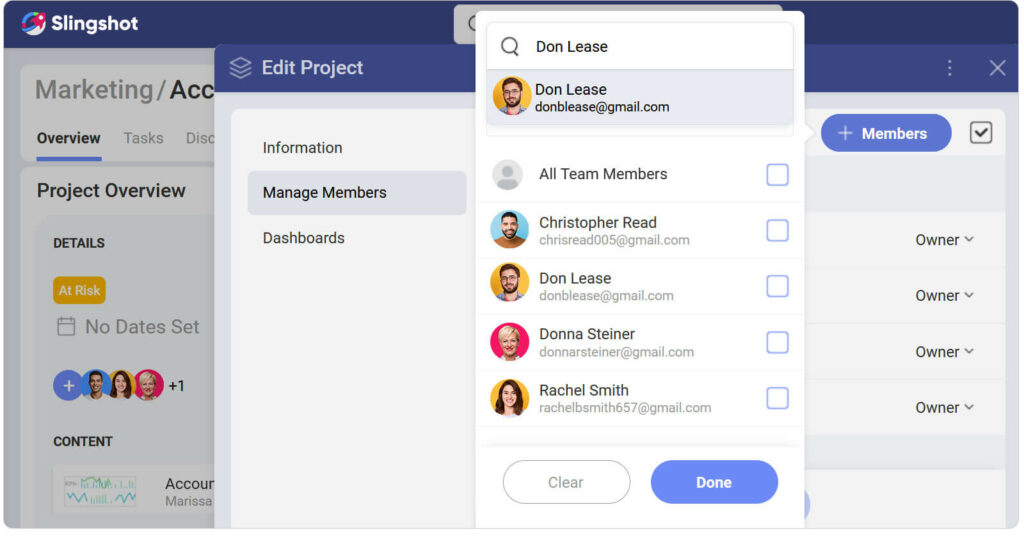
ABM is a strategy that strengthens the frame of focus of the marketing message so it brings more revenue and gets more value overall. It’s also called “a holistic approach” to marketing, concentrating on the highest possible ROI to reach the goals. With ABM, marketers do not just cast a wide net hoping for a good number of catches without personalization. Just the opposite – they use intent data to highly personalize their messaging and campaigns, actually identifying those specific accounts and businesses that will be reached and influenced the most.
ABM helps tremendously in the cacophony of information marketers dive into every day and it gоеs one step further in getting results by using data for establishing the right audience and crafting the strategy around that entirely.
And that certainly sounds good in the era when information is overflowing, just waiting to be utilized in the best possible way.
Benefits of Account-Based Marketing
Moving to ABM as a strategy is something that is now making a comeback for many companies. Account-based marketing is not a new concept, but still, some organizations consider it a more complicated and challenging approach in their day-to-day work. Still, as it turns out, the benefits of ABM greatly outweigh the efforts. And with today’s new and improved technology, ABM and personalization of campaigns are easier and more affordable than ever. The implementation of this approach leads to highly raised revenue, generates more focused conversions, improves ROI, and more. Let’s take a look at the 5 greatest benefits of account-based marketing.
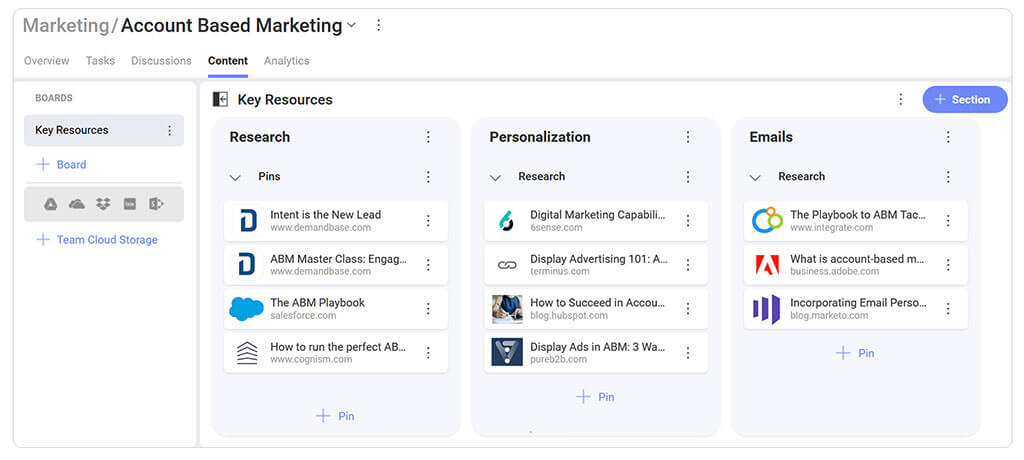
- Aligning of the sales and marketing teams: with ABM, cross-team collaboration is a necessity and communication is much more efficient, leading to transparency and good focus on the same goals for both teams. This ensures all interactions, strategies, and goals are flowing without interruption while every team member fulfills their specific role
- Consistency in customer experience: ABM is a long-term approach and creates truly strong connections with your long-standing customers as well as with new ones. Through the already mentioned alignment between Sales and Marketing, customers receive consistency in personalized content and fulfillment of unique needs.
- A clearer map to ROI: because of its precision in personalization and targeting, ABM is proven to provide the highest ROI among marketing tactics while lessening the risks at the same time. Also, ROI is much more easily measurable with this approach, and looking through the history of their investment, businesses can see clearly which accounts were the right ones to have invested in
- Good cost efficiency: with ABM marketing directly to accounts, cost-efficiency is rising tremendously – especially by using the right tools to set the right targeting.
- Opportunities for shorter sales cycle: ABM eliminates prospects and leads that will not give good ROI really early on and so sales and marketing teams are free to focus on those most likely to convert
Account-based marketing is a sort of revolutionary approach in a way that helps teams make data-driven decisions to deliver the best customer experience and at the same time build trustworthiness and stand out in the crowd. But what are the best tactics for getting it to work seamlessly within your organization?
7 Winning Account-Based Marketing Tactics for 2021
According to an ITSMA online survey from several years agо, ABM gives higher returns than any other type of marketing strategy. The popularity and proof that it works are there; so let’s look at the specific ways and tactics for achieving the needed results.
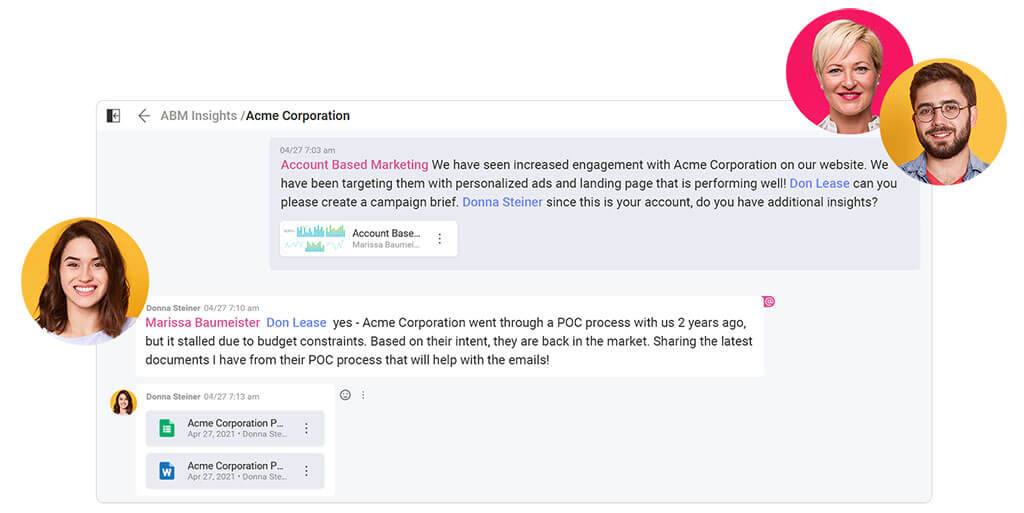
- Creating a customer-based strategy designed to solidify your current customer base: by not only targeting new customers but looking at the customers you already have (and getting them to come back), you can increase your sales up to 95%. This happens by leveraging intent data, as well as information gathered from account exploration and heavy research into company initiatives, projects, budget, news, etc. to best, determine the best candidates for each campaign.
- Creating a customer-specific message/campaign: basing those on the specific client/clients and their history with the company (or agency), mapping out supporting resources, news, articles, and whitepapers.
- Multi-touch approach creation: with the multi-touch approach (email, video, calling, voicemails, LinkedIn strategies, etc.), marketers can map out each opportunity at first and then – see which touches work best via data.
- Ensure seamless ABM alignment between teams: having a good collaboration with data-driven tools ensuring consistent communication and goal focus between Sales, Marketing and everyone else working on ABM projects is crucial
- Measure the results with smart use of data: The ABM approach to data looks at things from the account point of view and adjusts in the right moments to best serve the customers by relying on data for campaigns, project management, etc.
- Personalize email campaigns: according to Campaign Monitor, emails with a personalized subject line get opened 26% more often
- Engage with accounts on social media: it’s a good idea to find all associated accounts you can on Twitter, LinkedIn, and other platforms and follow or interact with them often and in a relevant way
Account-Based Marketing Examples
With account-based marketing, campaigns need to be multi-touch and cross-channel. But what customizable examples of account-based campaign elements can we give for compelling personalized content that works? Here are five channels you can’t go wrong with.
- Webinars: highly customizable and relevant for an ABM campaign, webinars can be made truly unique by tracking the right target audience. And, of course, the follow-up to them, when tailored the right way, can lead to many successful conversions
- Email campaigns: for ABM, those remain one of the most important channels for making an impact with a tailored campaign for each specific account
- Paid ads: still one of the most popular ways to reach out in an ABM campaign – and also, one of the most customizable ones. Through targeting specific companies and people, retargeting and designing campaigns to go “to the right place” and not shoot in the dark
- Website personalization: creating a personalized experience for targeted visitors
- Content with great storytelling: this goes for ad copy, articles, and video content – by targeting the right audience, you can craft content that truly speaks to them
Account-Based Marketing Metrics: What to Track?
Implementing an ABM strategy is not just about getting to the right people – it’s also about eliminating the wrong leads and getting better with effective allocation of time and effort. More importantly, it’s about moving from lead-level tracking to account-level tracking, determining engagements of accounts as a whole, and making sure the personalized effort goes to the right place. Here are some of the metrics your ABM team should track before and during each campaign.
- Engagement: see the rate of interactions between a company and its accounts to understand the behavior based on campaign traction, to see how much your marketing content has engaged people, and see where you should press more (or less) next time around
- Pipeline velocity per ABM deals: if it’s not higher then you need to adjust your campaign (usually target-wise). This metric gives you a perspective for finding openings and opportunities, as well as time spent in the negotiation phase of the sales cycle, and compares it to previous cycles
- Website traffic: especially that coming from target accounts. This metric shows awareness and specifically if those key targets are opening your emails, attending your webinars, and know your content and brand
- Influence per activity: track at which point (activity) in your campaign you got the most “touches” and where is the correlation between the activities and the results – here we are looking at data velocity, retention, win rates, etc.
- CTR of digital ads: one of the most important trackable KPIs, showing the number of customers who have engaged (clicked) on your ads after seeing them – you are informed on how engaged your audience is across multiple channels and through different activities
- ACR (Account Conversion Rate): track this in your account-based marketing campaign to build your future ones even better based on data
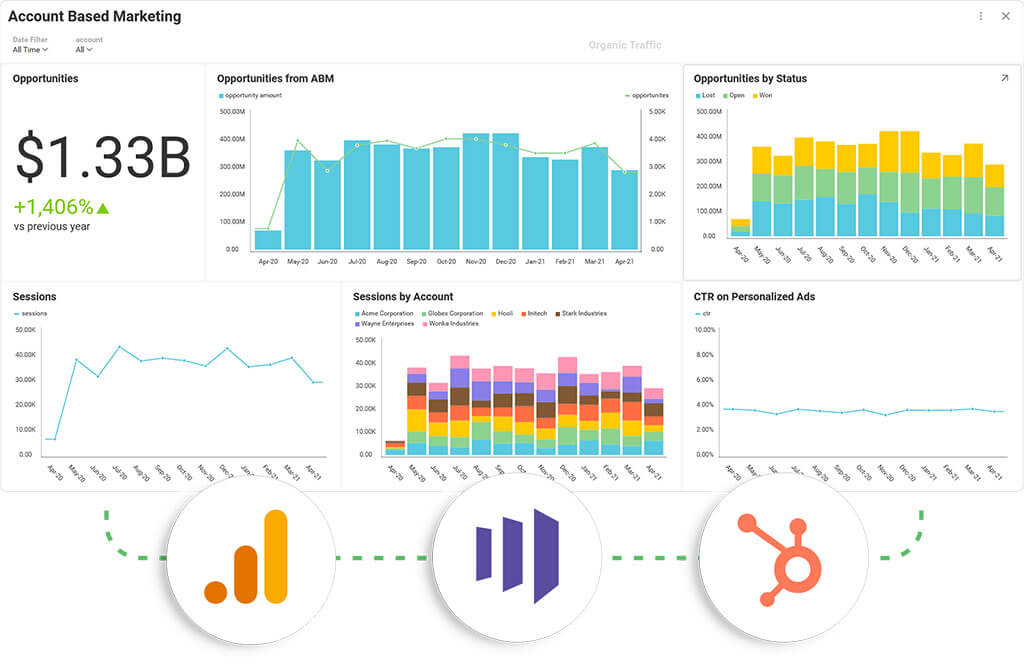
Account-Based Marketing Software: The Benefits of Slingshot
To realign marketing and sales teams/departments in the best way and unify strategies in ABM, using account-based marketing software is a must. The simple reason is that a working ABM strategy requires data gathering, the ability to make data-driven decisions, and having team-wide and cross-team awareness for any major (or even minor) steps taken in a project or a campaign. Such software needs to assist with communication and collaboration in the best way while at the same time link to important information, have data analytics and all-in-one capacities, file storage, and more. To discuss further the capabilities needed in account-based marketing software, let’s take a look at Slingshot.
As an intelligent app and all-in-one workspace created to unite and help teams to collaborate while relying heavily on data within the app, Slingshot is a tool that builds consistency, shared responsibility, and a focus for metrics, which is priceless for any ABM strategy your teams would want to utilize.
Here are some of Slingshot’s account-based marketing software features that ensure the best collaboration and cross-team collaboration in ABM.
- Slingshot unites all needed digital assets in one place and allows for them to be efficiently shared in cross-collaboration across all departments involved
- Slingshot provides the capacity to track tasks and have conversations in context so nothing falls through the cracks
- Every ABM project and campaign can be tracked at any stage in allowing for NO desynchronization between marketing and sales team members
- Works flawlessly with Office 365, Google Suite, and many more tools and it takes your data to the next level and helps users go from insights to action in seconds
- With its strong business intelligence components, your AMB campaigns are infused with data analytics and AI so all account-based marketing metrics on campaigns stay within reach and context
- The communication, ideas, and brainstorming gems are never lost with a chat functionality that puts conversations in context according to every project/team/task
- With its project management features, Slingshot assists with ownership, division of tasks, and keeping tabs on any issues or blocks throughout campaigns
- Its data-driven characteristics help teams stay on top of current data for campaigns, through dashboards, KPI tracking, and gives them the ability to go from insight to action in seconds
An account-based process implemented in the right way and through the right tools can give any organization a grand opportunity to make marketing and sales more focused, consistent, and powerful. Read more about the Slingshot features that make it all much easier to achieve HERE.
Related Articles
Ready to grow your business 10x with AI decision-making?
Request a Free Demo of SlingshotSHARE THIS POST




